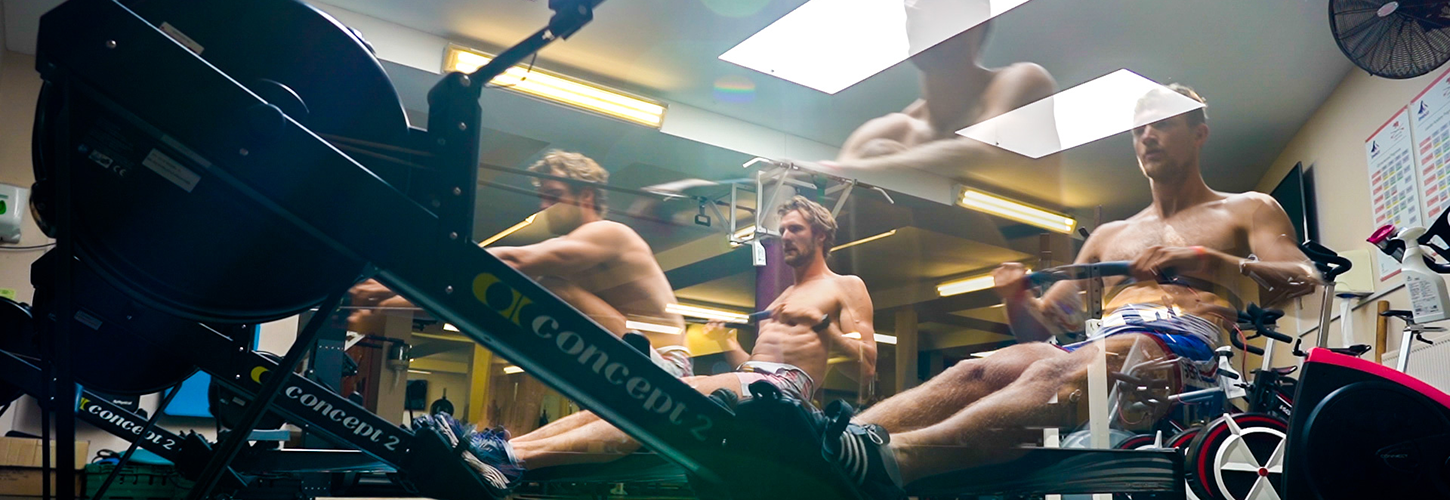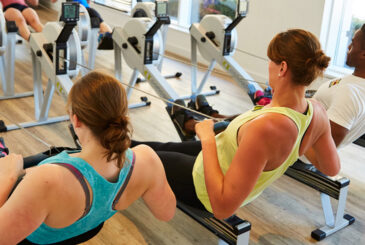We all know what it’ll take to achieve our goals, but what happens once you’ve crossed the finish line? Cam Buchan talks about getting back in the race, from knowing when you’ve had a sufficient recovery period to that all-important first training session.
So you have reached the end of the season and finished the race for which you have been planning for weeks, months or even years, or you’re picking back up after a brief hiatus. What now?
After the peak
This time period can be particularly tricky both mentally and physically as you find yourself being metaphorically pulled in two directions, on two sides of the same coin. On one side, you are in excellent physical shape and you may feel that you want to keep pushing forward. On the flip side, you may feel that you don’t want to go near a gym or rowing lake for the foreseeable future.
Regardless of your side of the coin, both eventualities can be approached in the same manner. You have to appreciate that you have just gone through a “peaking” process where you have asked your body to fire on all cylinders, not just for one event, but in the training leading up to it. There is a lot of stress placed on the mind and the body that for now, needs to be taken care of.
How to recharge
How do you take care of the mind and the body? This is where everyone differs. Some people love to recharge their batteries by doing absolutely nothing, a stark contrast from the build up to an event. Others prefer to take time away from a rowing machine or boat and stay active in other ways, allowing the variation to help recharge the mind and body.
Whatever works for you, it is generally a good idea to avoid the really stressful parts of training and competing for a period of time. This period will vary depending on the event, as well as how much mental and physical fatigue you have accumulated. Sometimes a short break – perhaps a weekend – is all that is required and you can hop straight back into training in order to compete in an upcoming event. Other times, a longer break is more appropriate.
Remember to reassess
Regardless of the duration of the break, when you do return to training, it is extremely important that you listen to your body. If you feel tired or bored of the training soon after you return, you have to assess and analyse the reason for this. Ask yourself whether you need more rest for physical recovery or whether you need a change in your training to help you cope mentally with another training cycle. This will help keep you in peak mental and physical shape to prepare for your next event.
Whatever side of the coin you find yourself on after a tough training cycle or event – whether you feel like training again or not, want to have an active break or chill-time doing nothing, or you prefer a shorter break to a long one – it is very important that you do what is best for your body and mind. You have put yourself through a lot to achieve the best possible result in your event. You have earned a rest and your body and mind will thank you in the long run for listening to what you need now and making adjustments to suit.
Cam’s tips for getting started again
Here are a couple of my favourite training sessions for when you want to get back into training.
Find your favourite content to watch – Netflix, YouTube, Disney+ – whatever. Press play. Flip the monitor down and row for a period of time – 20, 30, 40+ minutes – just keeping your heart rate below 70% of max. This type of session isn’t stressful and the time can fly by when you find something good to watch.
On the other hand if you want to kick-start the intensity, I love a good 500m session. I would start with six x 500m with 2 minutes rest. The idea for the first session is not to push your limits. Just to find where you are for now, then next week or the next time you do the session, you have a few options to change. You can try to beat your previous score, make the rest shorter, or do more reps.










